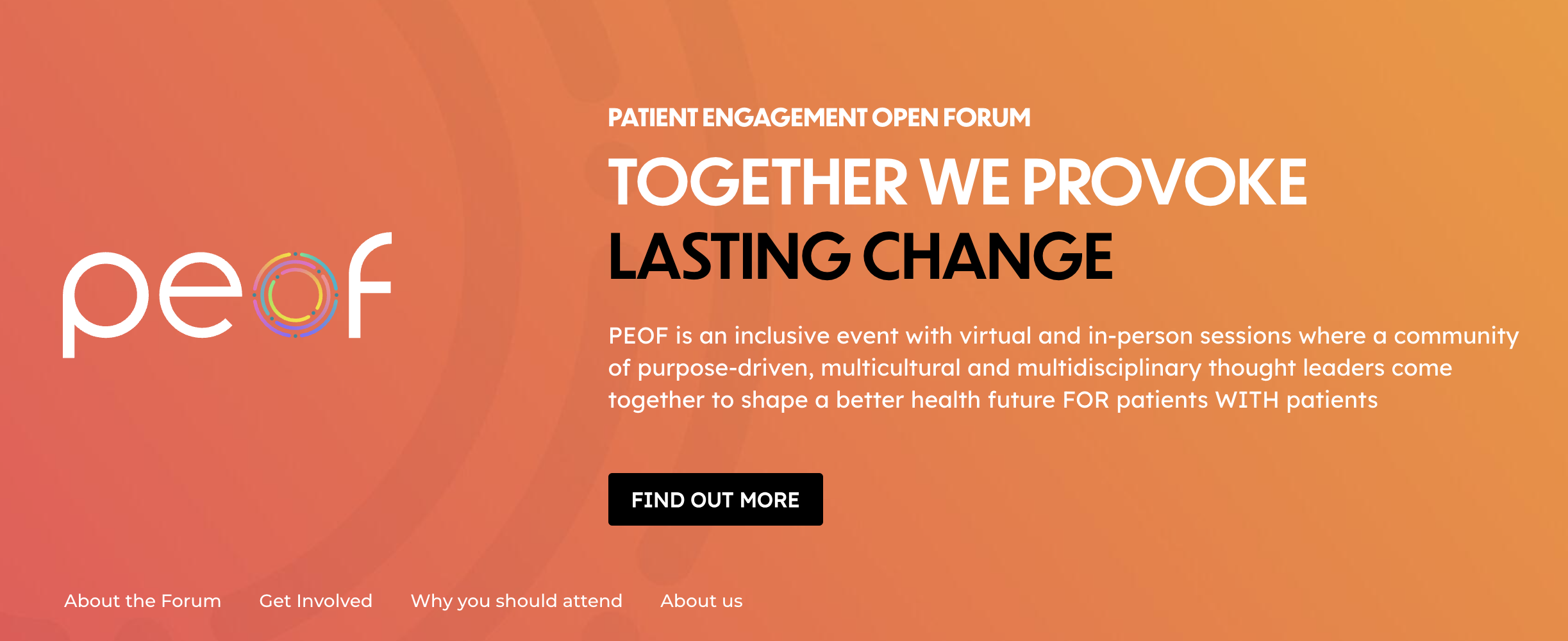If you’re in the B2B space and you want to build your first website or improve your existing one you have way too many options. From do-it-yourself web builders or highly customizable websites built with a framework to custom platforms with a headless CMS and structures that look more like an app than a presentation website. So it’s no surprise that marketers or business owners feel overwhelmed by all these possibilities and what each implies.
Making the right decision in terms of what solution to use, how custom (or not) to go, and how to choose the right partner to develop your website matters a lot – make the wrong choice and you’re in for months or years of headaches and frustration around maintaining or scaling your website in the long run.
So what are your options?
#1 Use a simple website builder
If you don’t have web development and design skills in-house nor the budget to hire, then SaaS website builders are a great option to create a simple presentation website. You can create an account, select your theme, add a domain name and start adding content. You can probably have a first version of your website up and running in less than a day. Some of the most popular simple web builders out there are Squarespace, Webflow and Wix.
Squarespace for example provides a simple platform to drag and drop different elements directly onto the website, without having to write any piece of code. You can select from a gallery of pre-built templates and customize them to fit your brand (changing images, colors, fonts). You can even buy your domain directly through Squarespace so you can start your website today and test your new business idea, or create a better looking website. If you need technical help you can easily find tutorials online or as their support.
This is probably suited for any business right at the start or teams that need to keep costs low and don’t want to bother too much with website maintenance. It’s not really custom but you can start to present your project fast and the end result can look good. If you’re not sure if this is a good idea for you, we’re here to answer any questions as well.
#2 Build on a well known framework
If you want to build something more complex than a simple presentation website, go for a content management system (CMS) like WordPress, Ghost or HubSpot. All would require some level of maintenance but you can build almost anything on top and can integrate well with any other tool you may use.
WordPress and Ghost can be either self-hosted (you can install it on your own server) or a SaaS solution with a monthly subscription (on wordpress.com or ghost.org). The self-hosted version can get really cheap with some shared hosting packages as low as 3$ per month but requires some work to set up and monthly maintenance. On the other hand, you can build almost anything for a really low monthly cost. For the self-hosted version, we usually recommend WP Engine as a hosting solution. It’s not that cheap but it has everything you need and you don’t have to spend too much time with setup and maintenance.
HubSpot works with a monthly subscription and can get pretty expensive for a small business but if you want to scale and build a lead generation machine this may be the right solution for you. You can start with the Starter CMS plan (25 USD/month) and build from there and they have a wide range of resources to support you with your marketing. It’s a tool that covers anything you need on the marketing and sales side and also educates your team.
#3 Custom implementation
If you don’t want to be limited by the functionalities offered by an already built frontend builder or a theme on WordPress or HubSpot, you can build a custom website on the frontend and maybe use a headless CMS like Contentful or Sanity (there are many other options out there) to manage your content easily. The whole structure could cost a bit more and you may need a development team for support but you can build anything you can think of (really anything).
To build it full custom it’s even more important to go through a good brief, strategy, design and content, wireframes and user experience flow, implementation, tracking, and optimization. This is where working with a specialized web development agency can add the most value. We can guide you through the entire process and we will be there in the long term for support just in case you need us.
If you consider this option we usually split the process in two. We talk strategy first and try to define with you a clear brief to set priorities, needs, and objectives and we start only when we have a common understanding of what needs to be done. At that point you can choose to continue working with us, we can direct you to other partners that may be better suited for you or you can work with anyone else and that will be easier because you already know what you want to build and what is the best option for you.

Things to consider when building a B2B website
1. Business goals
Are you trying to attract potential clients and convert them? Is this a website built for other stakeholders (eg. potential hires, employees)? Most B2B tech companies need a website that acts as a conversion mechanism and helps them convert traffic into qualified leads to later nurture and turn into sales opportunities.
2. Customer needs
Who is your ideal client? Why are they on your website? Are they trying to learn more about your services, to compare you with competitors, understand your pricing? Your ideal clients and their needs will largely dictate the functionality of your website. Eg. if case studies are a big part of their buying journey, you might want to build a dedicated page of case studies, embed video testimonials, add the option of scheduling a meeting with a calendar etc.
3. Scalability
What are your growth plans, and how fast do you plan to scale? What is the purpose of your website today and how will it evolve? How many people will work on your website, how much content and what functionalities do you plan for the future? Eg. a website in Squarespace may not provide enough flexibility if you plan to build complex functions right after the initial launch.
4. Ease of use
How often will you update the content? And who will be in charge of these updates? Most B2B tech companies require that their marketing team has access to edit web pages, implement landing pages for campaigns – so they need to be able to make all those changes fast & easy and without relying on a developer.
5. Cost
You need to also factor in your budget constraints – if you want a custom built website but have 3,000 EUR to spend on it, that is not going to be feasible. On the other hand, you don’t really need a really complex website if it doesn’t provide much value to your business. When it will provide value, you will have more to spend on it so it’s important to take it step by step and know where you can actually afford to start.
6. Integrations
What other systems does your website need to integrate with? A CRM, analytics tools, marketing automation are some of the typical systems to integrate – but each business has its specifics so define your integration needs. If you want to build on WordPress but need to have a marketing automation layer you have to consider a tool like ActiveCampaign to integrate well with your website and manage the marketing side as well.
7. Security
What are your security needs? Will the website hold highly sensitive data (card details, personal information)? If you have several developers working on it or a bigger team, you may want to make sure that nothing gets deleted by mistake and you have proper backups.
8. Maintenance
How will the website be hosted? Who will be responsible for maintenance, security, and updates? You may want to make sure you have the right resources in your team or sign a retainer with an agency to have the right people available in case you need something fixed, changed or improved so you don’t have to wait days or weeks for it.
A lot of times marketers tend to focus solely on the launch date, forgetting that they need to maintain the website for years to come. Some solutions take care of the hosting, updates, security needs, while others require a knowledgeable team to maintain and update the website.
So how should you go about deciding which option is best for building your website?
We encourage you to start with a clear brief and website strategy (choosing the right steps based on final objectives and current context). The strategy will inform what functionalities are needed, flows you want to build, and how complex or simple the whole structure needs to be. And that will finally inform your technology needs – Hubspot and Squarespace are in totally different worlds so it’s important to discover what’s the right choice for your business.
Still feel unsure about which option is best for building or redesigning your B2B website?
Book a 30 minutes consultation call with us – we’ll give you our honest opinion and do our best to clarify your questions.




